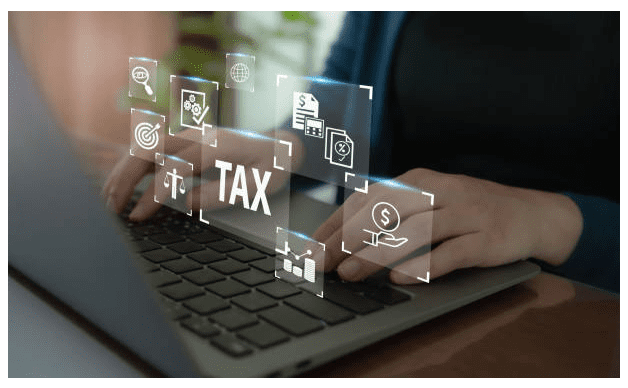Easing the Shift to Automated Accounting

Accounting automation was one of the first business digitalization trends to appear on the market 15-20 years ago. It stipulates transferring the accounting functions to software for improved speed and efficiency.
Modern integrative accounting solutions, offered by Me-Pos, allow businesses to eliminate the need for manual entry of primary records, paper archives, labor-intensive routine operations, and courier services, to name a few.
However, the business is too sluggish to embrace this shift to accounting automation. Let’s find out what slows it down and pinpoint the benefits it is missing out on.
What Slows Down Automation in Accounting
Accountants often fear that artificial intelligence and robotization will leave them without work. Indeed, machine labor will cost the employer less than paying wages to an employee.
However, intelligent services cannot replace a human specialist. Rather, digitalization will help accountants by freeing them from routine tasks. The knowledge of new information technologies will increase the accountants’ qualifications, as well as their wages and job satisfaction.
Someone may wonder why many companies delay the automation process and continue to work with paper. There is one simple explanation – switching to new software is stressful.
The company needs to invest time and money in retraining its accountants. Then transfer data from manual records and old systems to a new program and ensure that the program complies with the latest changes in legislation.
The Benefits of Comprehensive Accounting Automation
The benefits of accounting automation are far too powerful and comprehensive to neglect. They span all business functions and touch upon every single employee and even client.
Managers and business owners can:
- receive timely information about the state of finances and revenues;
- always know the current quantity of goods in warehouses;
- track transactions in real-time;
- improve the quality of business decisions thanks to the abundance of financial information.
Accountants can:
- run complex calculations using the software;
- free up time for control checks, advanced training, and collaboration with colleagues;
- receive and sign acts and invoices faster;
- submit reports to the tax office and funds in a few minutes.
All employees can:
- receive certificates and financial statements promptly;
- submit travel expenses and receipts electronically.
Clients can:
- avoid production downtime and shipment delays that may occur due to lengthy processing of invoices and payments;
- receive a quick exchange of documents and prompt data reconciliation with counterparties.
Often, projects on accounting automation stall because they lack the involvement of all stakeholders. Besides, project managers and accounting managers, companies should also get support from top management, employees, and even clients (to know what they want out of this and to push the whole thing forward).
How You Can Ease the Automation Shift
Instead of perceiving automation as a stress, you can look at accounting digitalization differently – as an opportunity to transfer most routine tasks to software and leave data analysis, risk management, and consulting to your skilled personnel.
Avoid overwhelming your team by implementing the automation in one go. Start with simpler tasks instead, and incrementally move to more complex transformations, one step at a time. This will allow time for adjustments and feedback at each project phase.
Lastly, maintain clear communication throughout the process. Talk to your stakeholders and all employees, explaining the goals and benefits of accounting automation.
Read More From Techbullion And Businesnewswire.com





